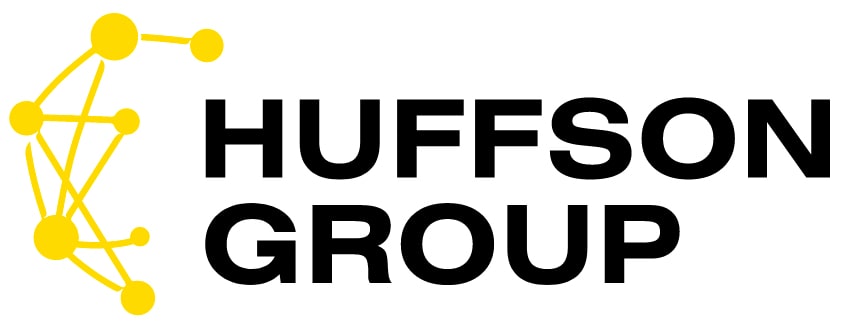Here’s some intriguing information on Facebook* installations tracking by Naleite Alene.
I’d like to talk about incorrect event tracking on FB.
I recently tested some schemes and noticed the discrepancy in installation count in the ad account and the tracker. It’s a classic issue, only the percentage of discrepancy is too high – about 20%.
So, I decided to figure out what the problem was.
First, it was essential to find out when FB captures the action: upon the installation or the first time the app is opened. I asked my fellow developers and media buyers about the tracking mechanism.
At this point, opinions were divided, and therefore, I decided to take a closer look at each version.
Version #1 – Upon-Download Tracking
In this case, Facebook* captures the installation when the in-app tracker forwards the “app installation” event. This is commonly referred to the AppsFlyer. The AppsFlyer attributes and forwards the “app installed” event, but not the “app opened” event. In this case, so long as we work by the CPI model, it is important that the user downloads the app, the rest doesn’t require tracking.
But the majority of the respondents, like myself, tend to believe that FB captures the event at the moment the app is opened.
Version #2 – App Launch Tracking
More respondents were inclined toward this opinion; besides, I was able to find more data to confirm it.
First, I studied the Facebook* help section. Here’s what I managed to find:

The rule applies to any device, regardless of the OS, which proves that tracking is triggered at the moment the app is opened for the first time. Besides, tracking of campaigns with “app installation” target action iterates by naming or deeplink after the app is opened for the first time.
And that would mean that the discrepancy may be related to the fact that some users simply do not open apps after installation. For a webmaster, this means that he/she must test other approaches since the audience won’t bring conversions.
But You might Want to Consider Some Nuances
For one thing, don’t jump to conclusions. The first installations might not be tracked correctly, and therefore the tracking delay at the beginning of the campaign is a common thing. Do not get ahead of yourself by raising the alarm and trying to figure out your mistakes prematurely.
Algorithms need time to pick an audience and strategy, contact the app tracker, and process the information. The delay may take up to several hours, as the system must process and transmit data, which takes time.
For another thing, keep in mind that tracking is never instant, it is simply not on. Data transmission and processing take time, therefore you will have to wait to obtain the correct information.
Case study: FB SDK – always first thing in the app (or AppsFlyer SDK). The SDK (Software Development Kit) allows you to record app installations and events. The average response time of the AppsFlyer SDK is about 5-7 seconds in case you have a stable Internet connection. FB SDK also takes about 3-4 seconds.
Don’t forget the time it takes the tracker to open the offer and data lagging between servers. This brings us to the conclusion that instant tracking is just not possible.
And that would mean that you must take it slow. Leave test campaigns to run for a certain time and with a certain budget, and only then will you evaluate the tracker performance.
By the way, there’re another couple of things that affect traffic losses.
These are naming and deeplink. Previously, deeplink caused 5-10% traffic losses. Naming solved this issue, so webmasters switched to this type of tracking. But later, traffic loss issues emerged with naming as well. Today, the optimal solution is to use both types of tracking together, otherwise, the traffic losses will be higher.
Summary
I recommend monitoring tracking when you launch ad campaigns. But don’t jump to conclusions too soon as there will always be inconsistencies and data lagging in the first hours after the ad campaign is launched. If, however, there’s still more than 10-15% data discrepancy after a while, contact customer support or developers who’ll check the tracker performance and catch an error if there’s any.
You might also want to use naming + deeplink together, which keeps traffic losses within reasonable limits.
That’s it, till next time!
*By Meta (declared extremist organization and banned in Russia).

















































